Answered step by step
Verified Expert Solution
Question
1 Approved Answer
Read and make a REVIEWER out of it. Contains Nonbinding Recommendations refer to statutory, legislative, or regulatory requirements, but also to indicate that the risk
Read and make a REVIEWER out of it.
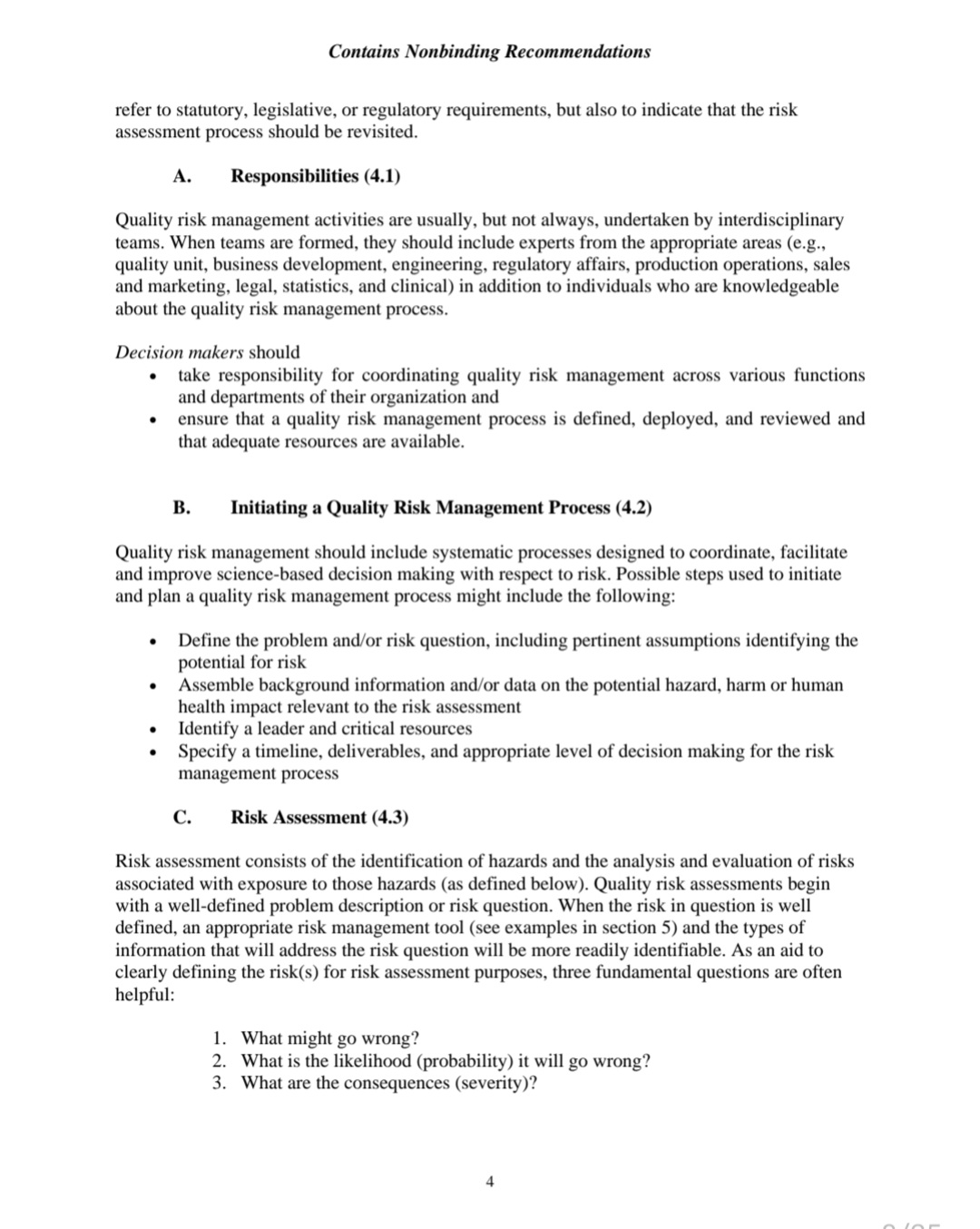
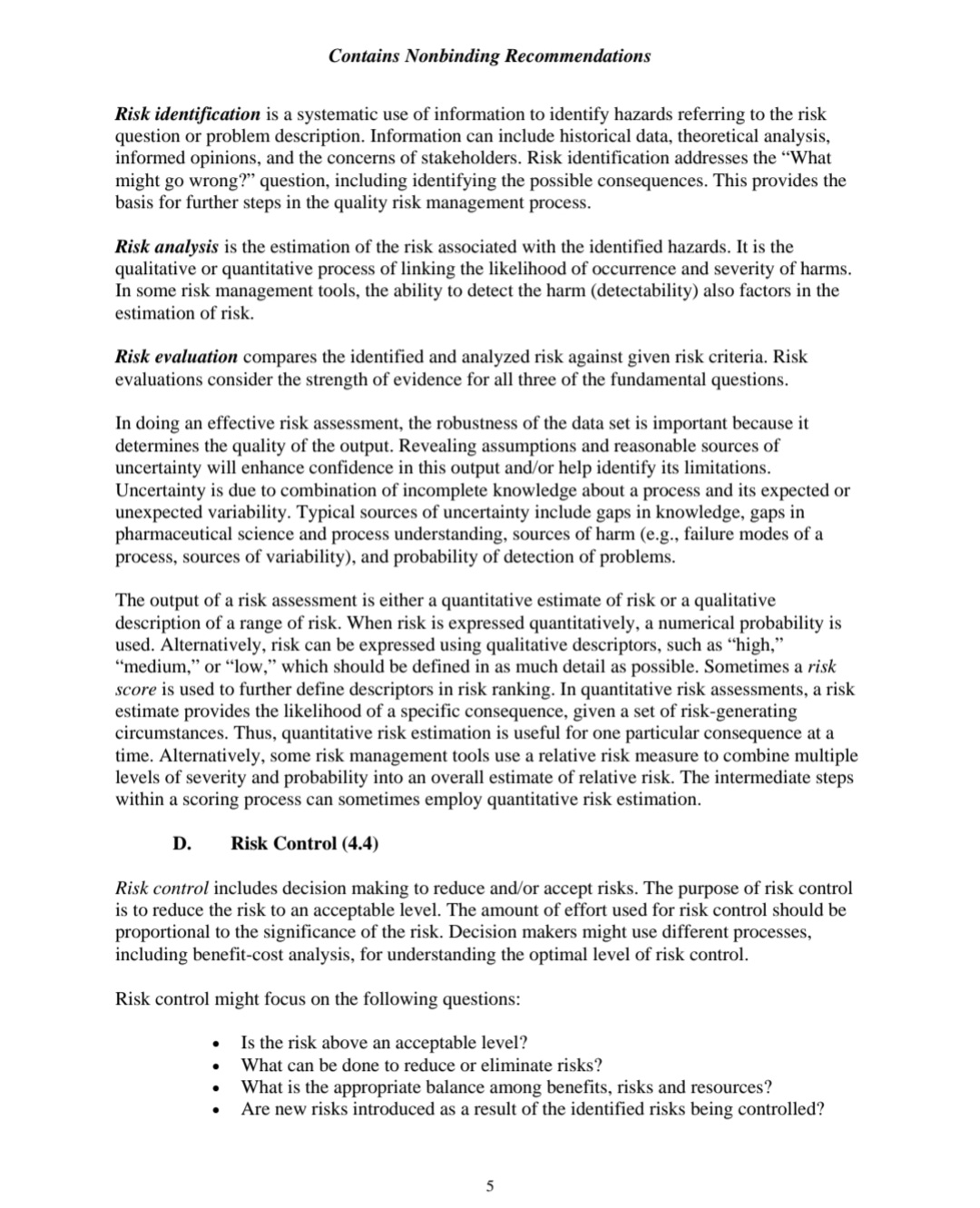
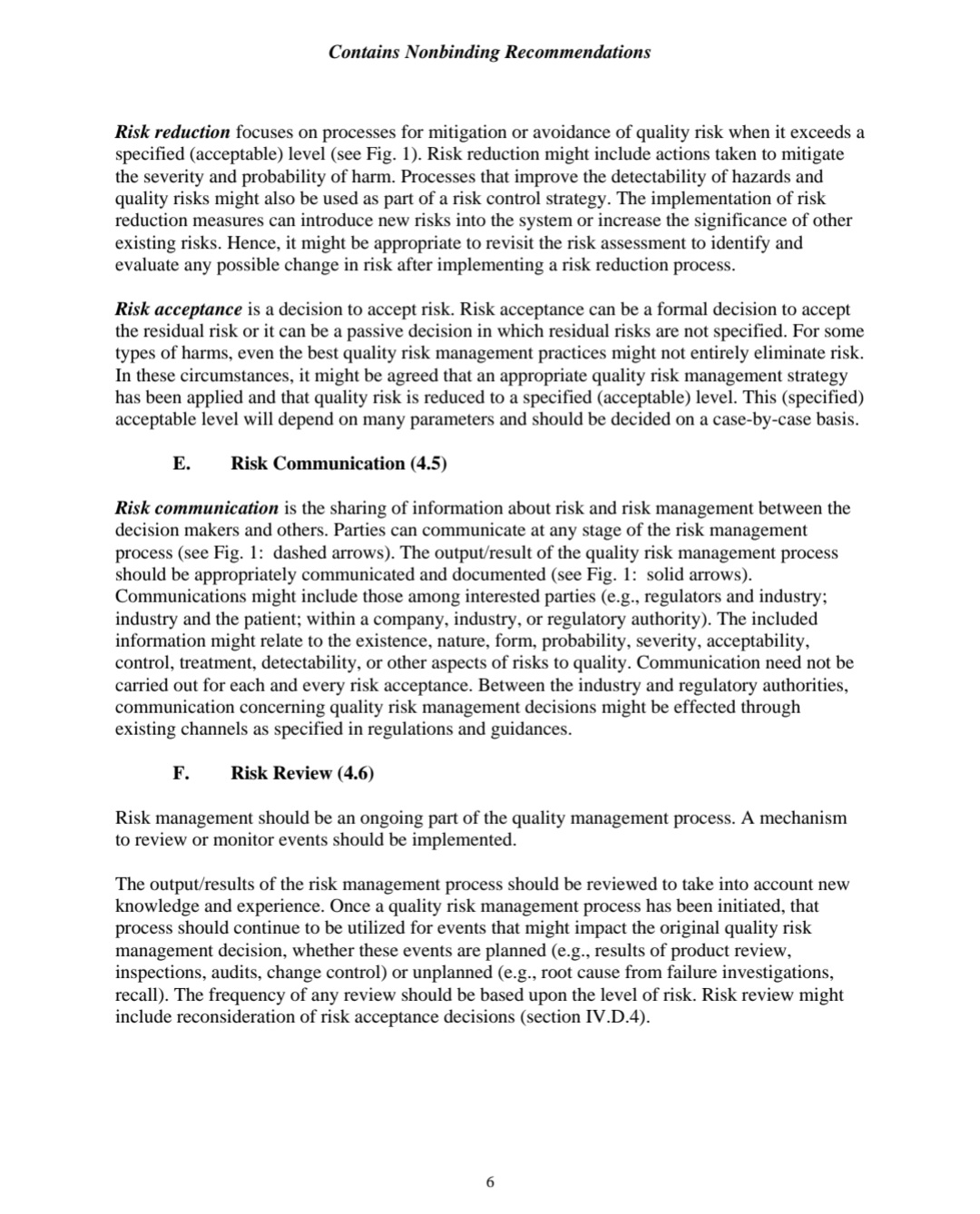
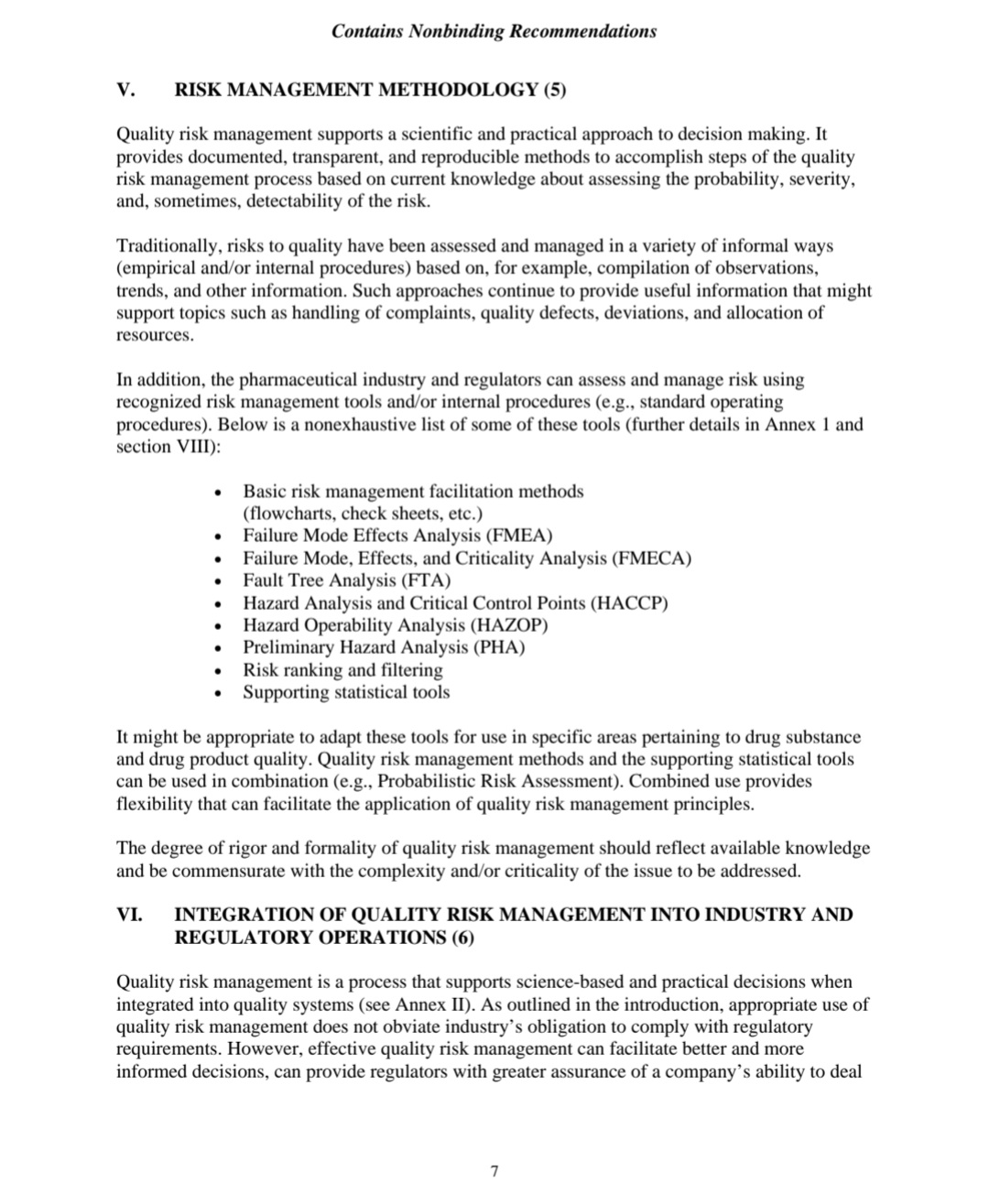
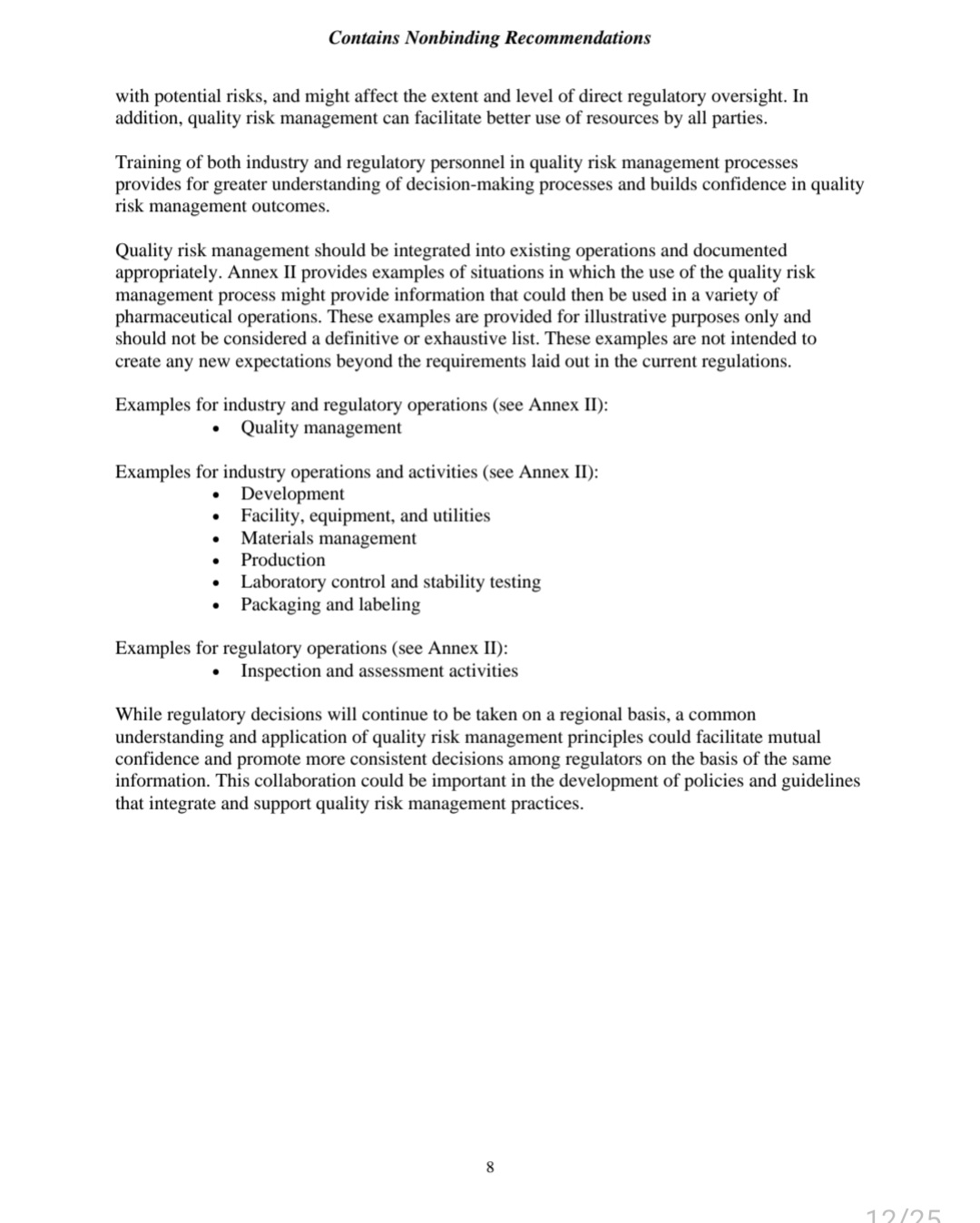
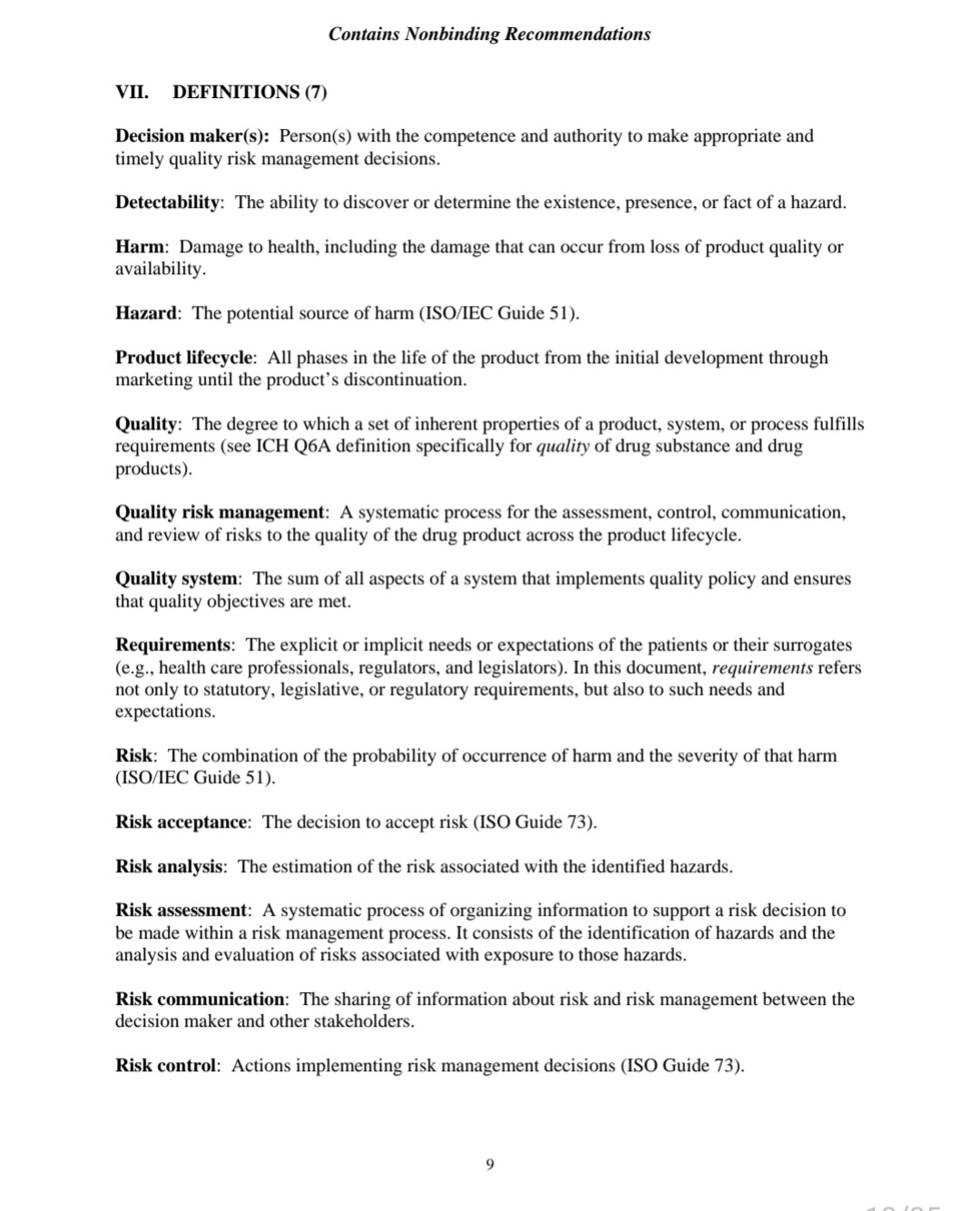
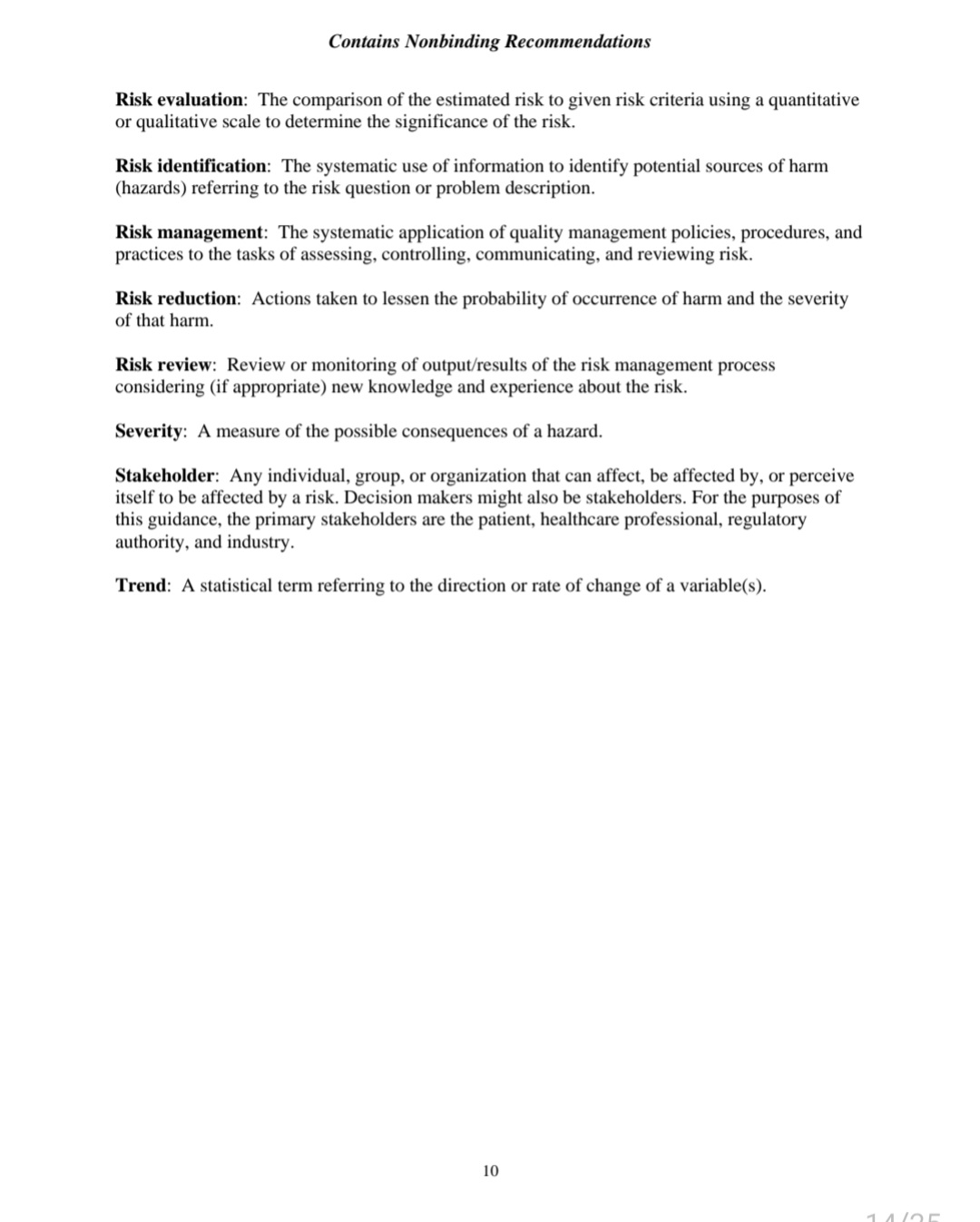
Contains Nonbinding Recommendations refer to statutory, legislative, or regulatory requirements, but also to indicate that the risk assessment process should be revisited. A. Responsibilities (4.1) Quality risk management activities are usually, but not always, undertaken by interdisciplinary teams. When teams are formed, they should include experts from the appropriate areas (e.g., quality unit, business development, engineering, regulatory affairs, production operations, sales and marketing, legal, statistics, and clinical) in addition to individuals who are knowledgeable about the quality risk management process. Decision makers should take responsibility for coordinating quality risk management across various functions and departments of their organization and ensure that a quality risk management process is defined, deployed, and reviewed and that adequate resources are available. B. Initiating a Quality Risk Management Process (4.2) Quality risk management should include systematic processes designed to coordinate, facilitate and improve science-based decision making with respect to risk. Possible steps used to initiate and plan a quality risk management process might include the following: Define the problem and/or risk question, including pertinent assumptions identifying the potential for risk Assemble background information and/or data on the potential hazard, harm or human health impact relevant to the risk assessment Identify a leader and critical resources Specify a timeline, deliverables, and appropriate level of decision making for the risk management process C. Risk Assessment (4.3) Risk assessment consists of the identification of hazards and the analysis and evaluation of risks associated with exposure to those hazards (as defined below). Quality risk assessments begin with a well-defined problem description or risk question. When the risk in question is well defined, an appropriate risk management tool (see examples in section 5) and the types of information that will address the risk question will be more readily identifiable. As an aid to clearly defining the risk(s) for risk assessment purposes, three fundamental questions are often helpful: 1. What might go wrong? 2. What is the likelihood (probability) it will go wrong? 3. What are the consequences (severity)? 4
Step by Step Solution
There are 3 Steps involved in it
Step: 1

Get Instant Access to Expert-Tailored Solutions
See step-by-step solutions with expert insights and AI powered tools for academic success
Step: 2

Step: 3

Ace Your Homework with AI
Get the answers you need in no time with our AI-driven, step-by-step assistance
Get Started


